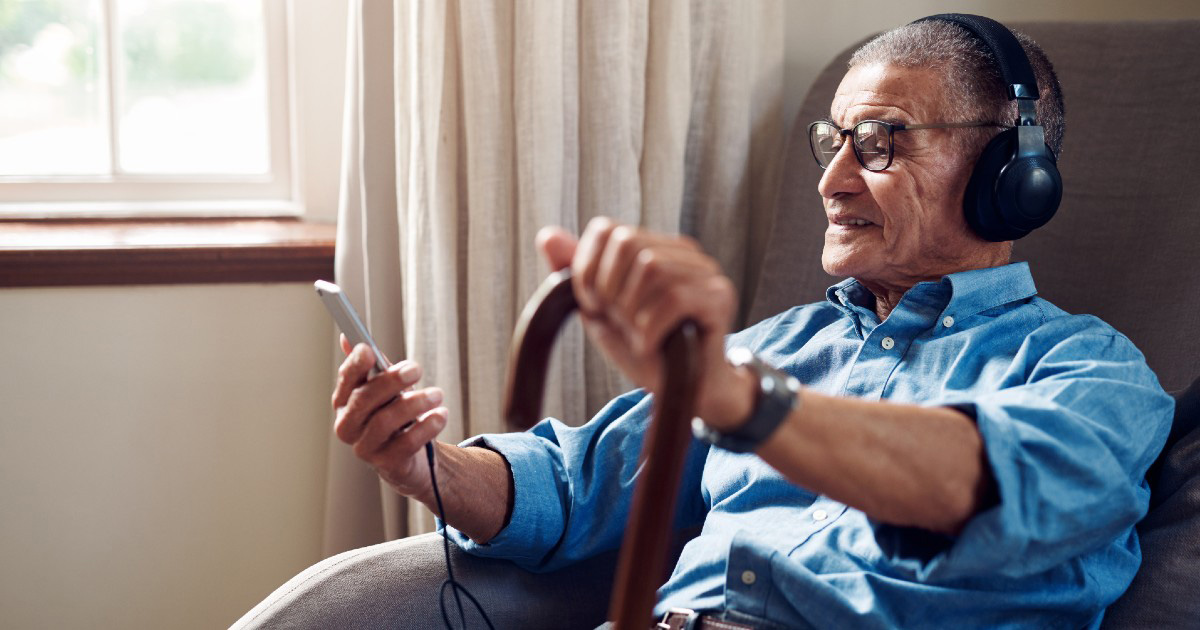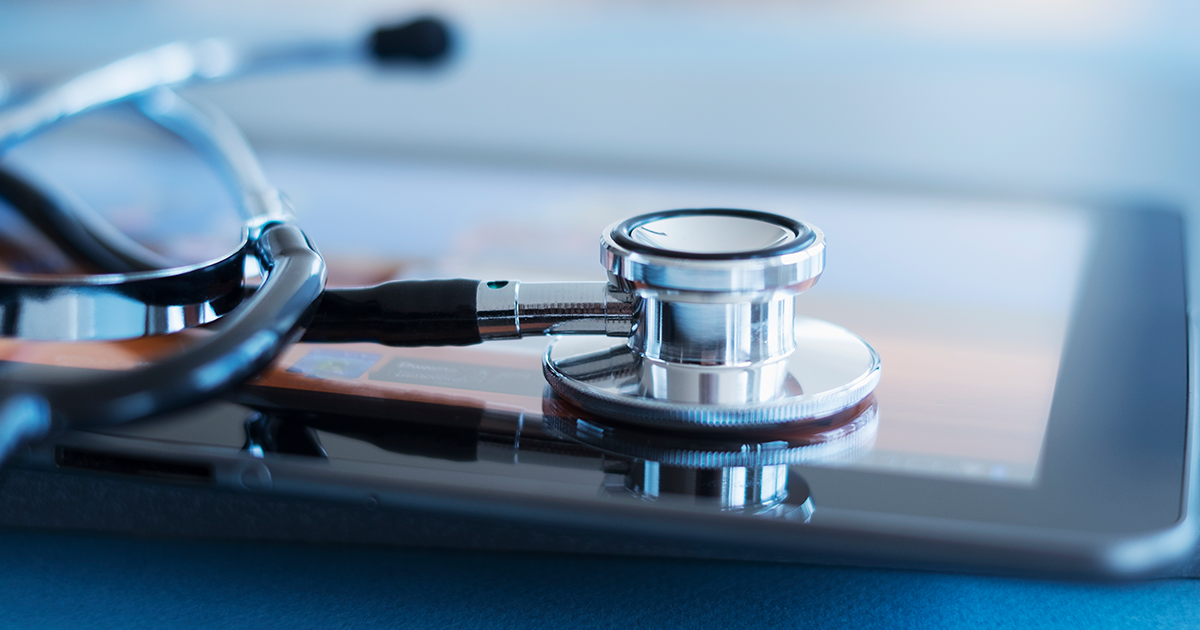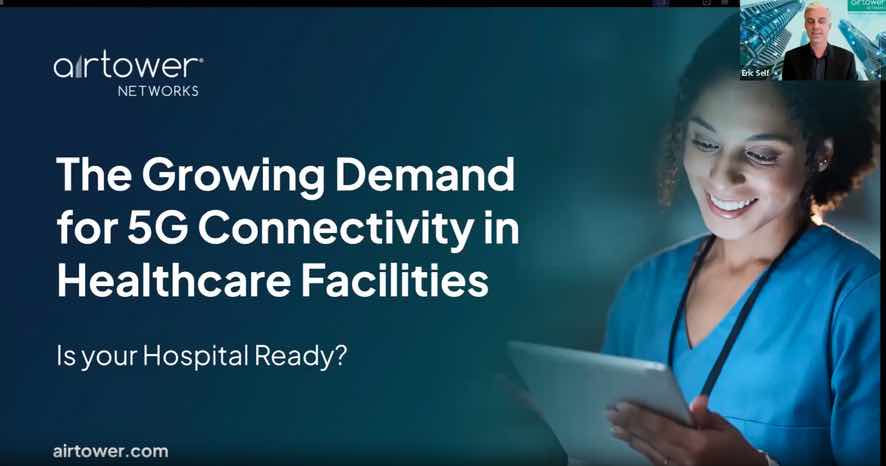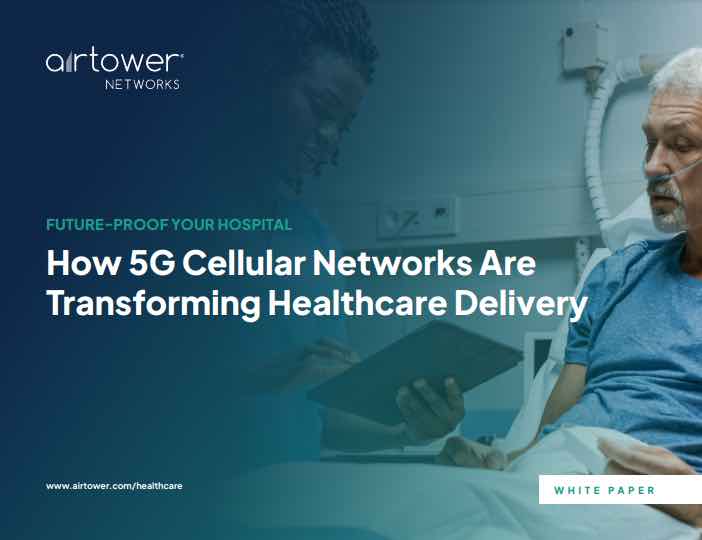Connected Health
One virtual care CEO says telehealth is improving care for rare and complex diseases, helping compounding pharmacists – and continually improving with artificial intelligence.
Success Stories & ROI
Mayo Clinic's decentralized trials are investigating how to best integrate the clinical trial experience into a patient’s life and routine care, say researchers ahead of their HIMSS25 presentation.
Most adults aged 50 to 80 in the United States are now using digital health technologies (DHTs), with patient portals leading adoption rates, according to a study published in JAMA Network Open.
The analysis, based on data from over 2,100 participants and conducted by University of Michigan and Veteran Affairs Ann Arbor Healthcare System, also revealed significant disparities in usage driven by race, income, education, and geography.
The study found 81 percent of older adults reported using at least one form of DHT, including telehealth services (49%) and mobile health apps (44%).
While younger participants in the 50 to 59 age range were more likely to adopt these tools than those aged 60 and older, gender also played a role, with women outpacing men in usage.
However, the findings also uncovered concerning racial and ethnic disparities: Just 11% of Black respondents and 12% of Hispanic respondents reported using DHTs, compared to 70% of white respondents.
Researchers attributed the gap to factors like medical mistrust, language barriers, and systemic inequities.
"Various factors may contribute to this finding, including medical mistrust among Black patients leading to decreased engagement with the health system and increased reliance on DHTs," the study noted.
Socioeconomic factors further shaped adoption patterns. Older adults with higher incomes and educational attainment were more likely to engage with digital health tools, while those with annual incomes below $60,000 showed significantly lower usage rates.
Urban residents were also ahead of their rural counterparts, where limited broadband access remains a challenge.
"This study highlights the need to carefully consider the unique characteristics of older adults when developing and deploying DHTs to avoid worsening the digital divide," the report noted.
The findings echo broader trends highlighted by the National Poll on Healthy Aging conducted in 2o23, which documented a jump in patient portal usage to 78 percent in 2023 from 51 percent in 2018.
Despite this growth, the persistent digital divide in healthcare continues to raise questions about equitable healthcare access, particularly for underserved communities—something health systems including Michigan’s Henry Ford Health are looking to answer.
Addressing these gaps is critical for improving healthcare outcomes, with expanding access to DHTs helping empower older adults to take a more active role in managing their health, enhance preventative care, and support aging in place.
Digital tools including AI-powered care navigation platforms can also help providers guide senior patients through complex healthcare systems, improving access, utilization, and preventive care by addressing challenges such as isolation, transportation, and financial barriers.
A 2022 report in Translational Behavioral Medicine found that while older adults increasingly use digital health technologies to enhance care and self-management, ageist beliefs and practices have perpetuated a "digital health divide,".
The paper called for evidence-based strategies to promote inclusion in research, clinical practice, and training.
Nathan Eddy is a healthcare and technology freelancer based in Berlin.
Email the writer: nathaneddy@gmail.com
Twitter: @dropdeaded209
A private healthcare provider in India went from manual to automated patient monitoring.
PwC U.S. Health Services Advisory Leader Thom Bales discusses advancements in care delivery helping alleviate inflationary pressures, the role of digital health in addressing healthcare's major challenges, and much more.
In the year ahead, a new president and new policies won't be the only changes in store as artificial intelligence, cybersecurity, virtual care, digital therapeutics, reimbursement and more continue to evolve.
A virtual care CEO says telemedicine means more physicians in the mix, enabling them to delegate less-complex tasks. Health systems should then be able to reduce wait times with that newly expanded capacity.
Remote Patient Monitoring
As one telemedicine CEO looks to the year ahead, he predicts RPM will improve outcomes for congestive heart failure patients and help manage those on the wildly popular GLP-1 diabetes and weight loss medications.
Overburdened Wi-Fi networks may not be sufficient to meet these needs and cellular signals can vary in strength within a building, impacting patient care and experiences.
Resilient connectivity across your facility is necessary for healthcare organizations (HCOs) to support strategic technology initiatives like telemedicine, IoT devices, EHRs, imaging, and patient entertainment. However, many HCOs rely on WiFi and outdoor cellular towers, a legacy approach that often results in slow data speeds, frustrated patients and staff, and rising maintenance costs.









